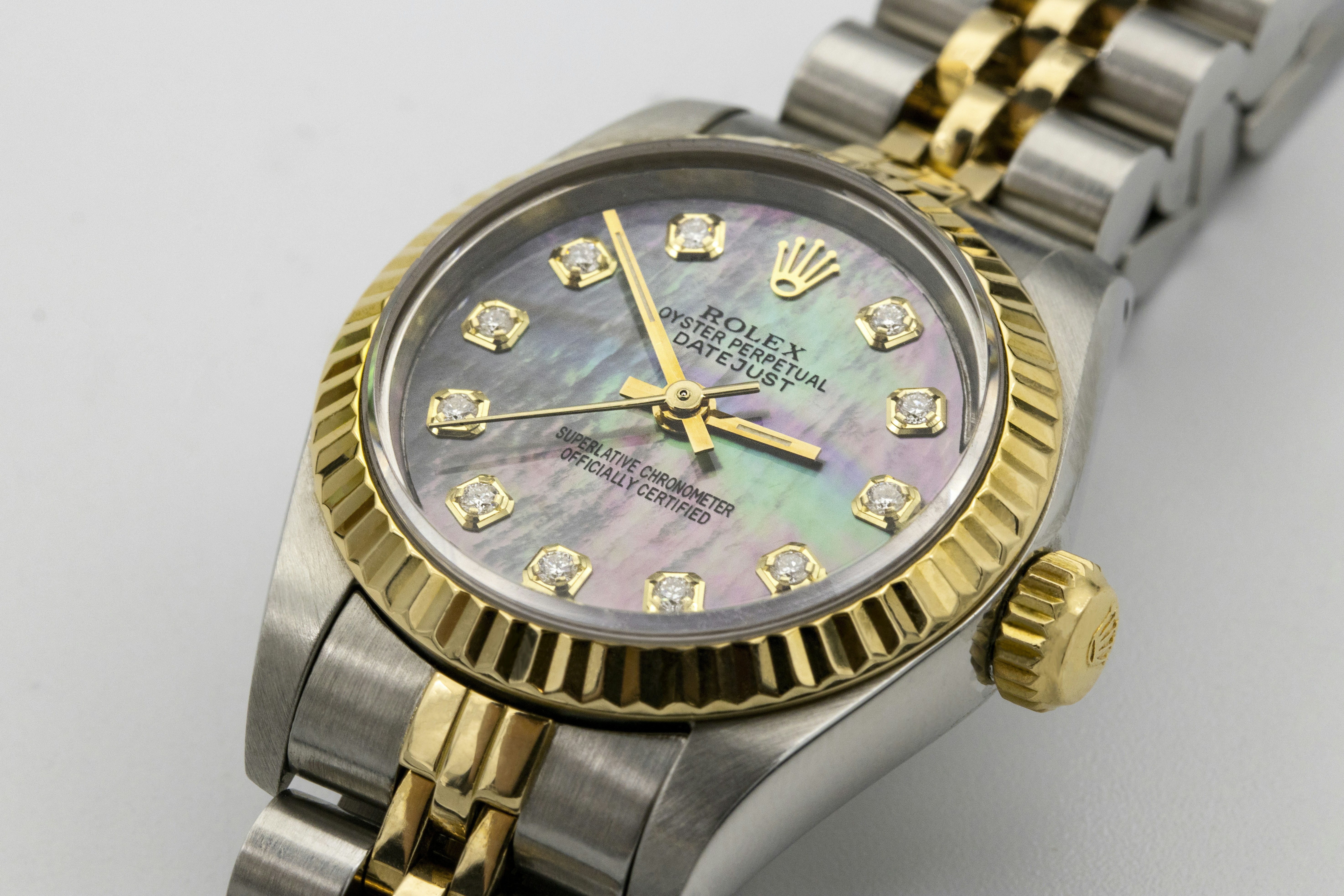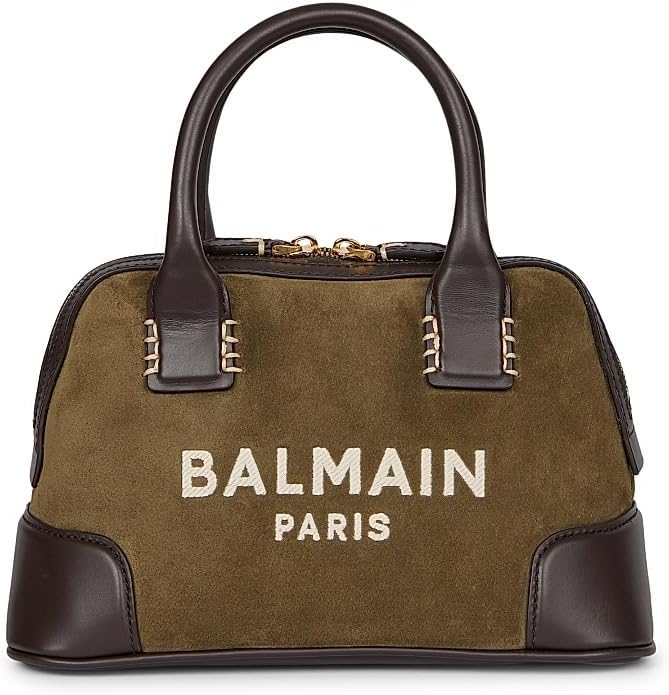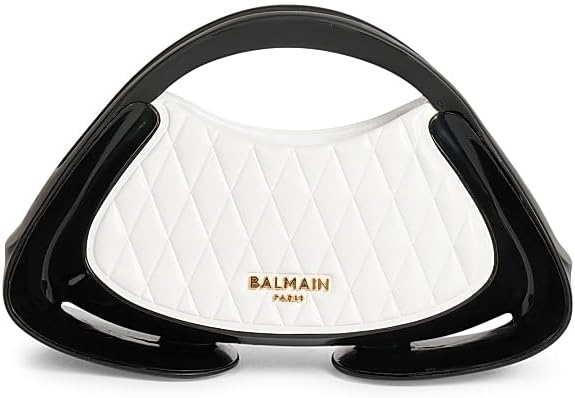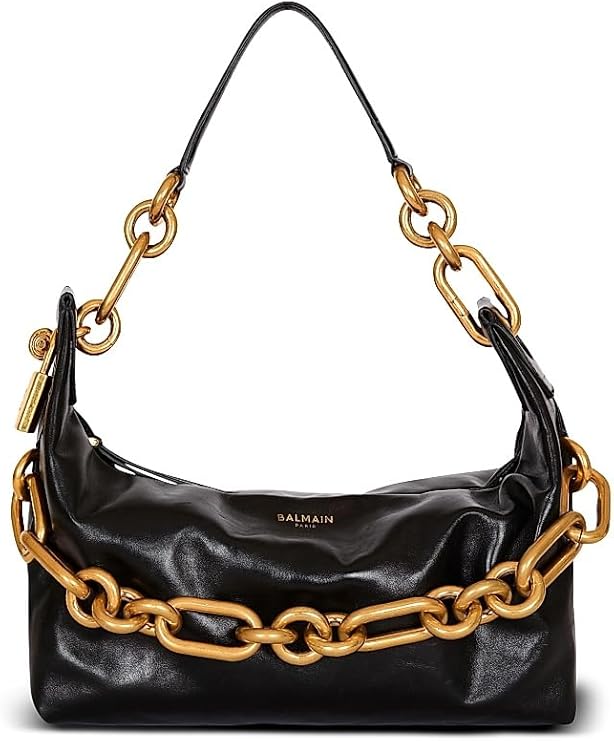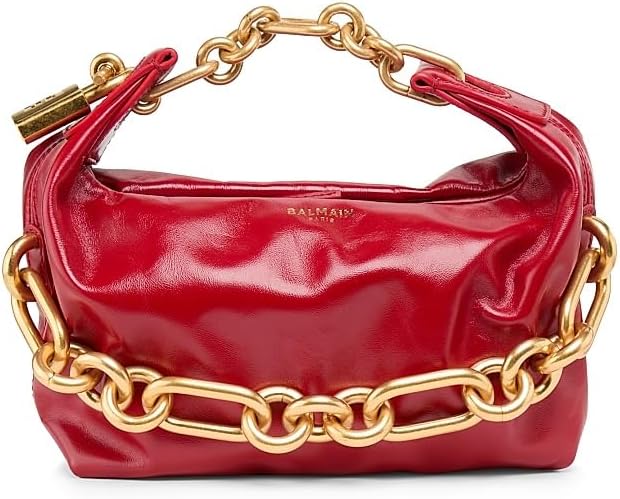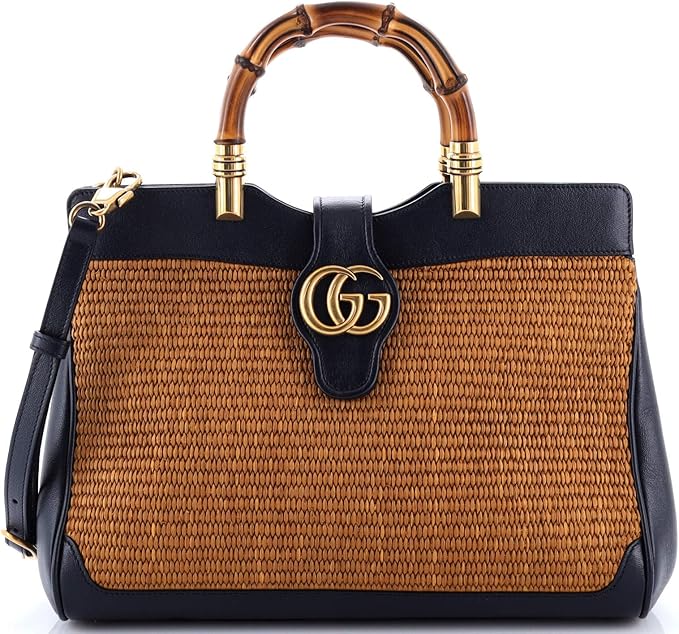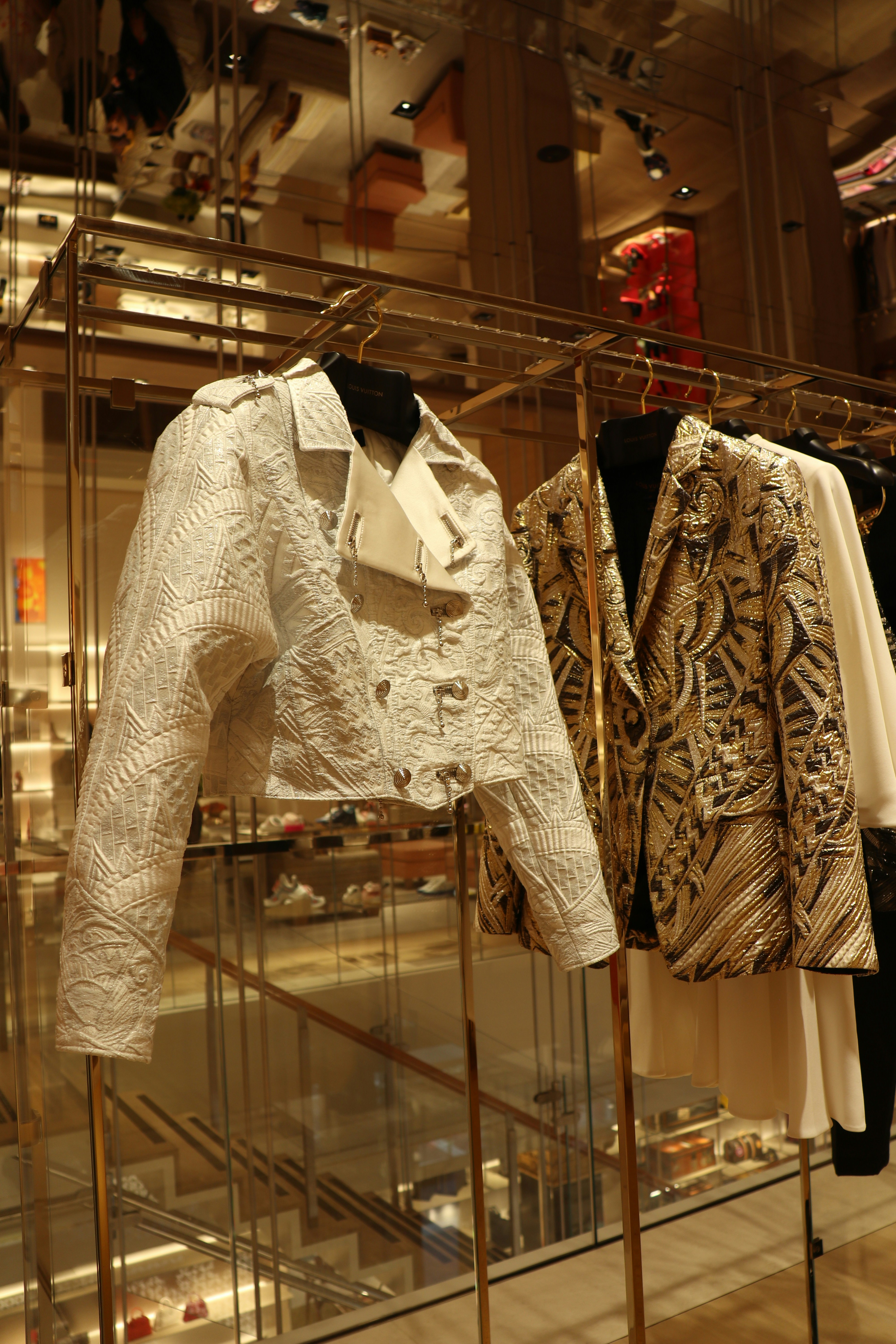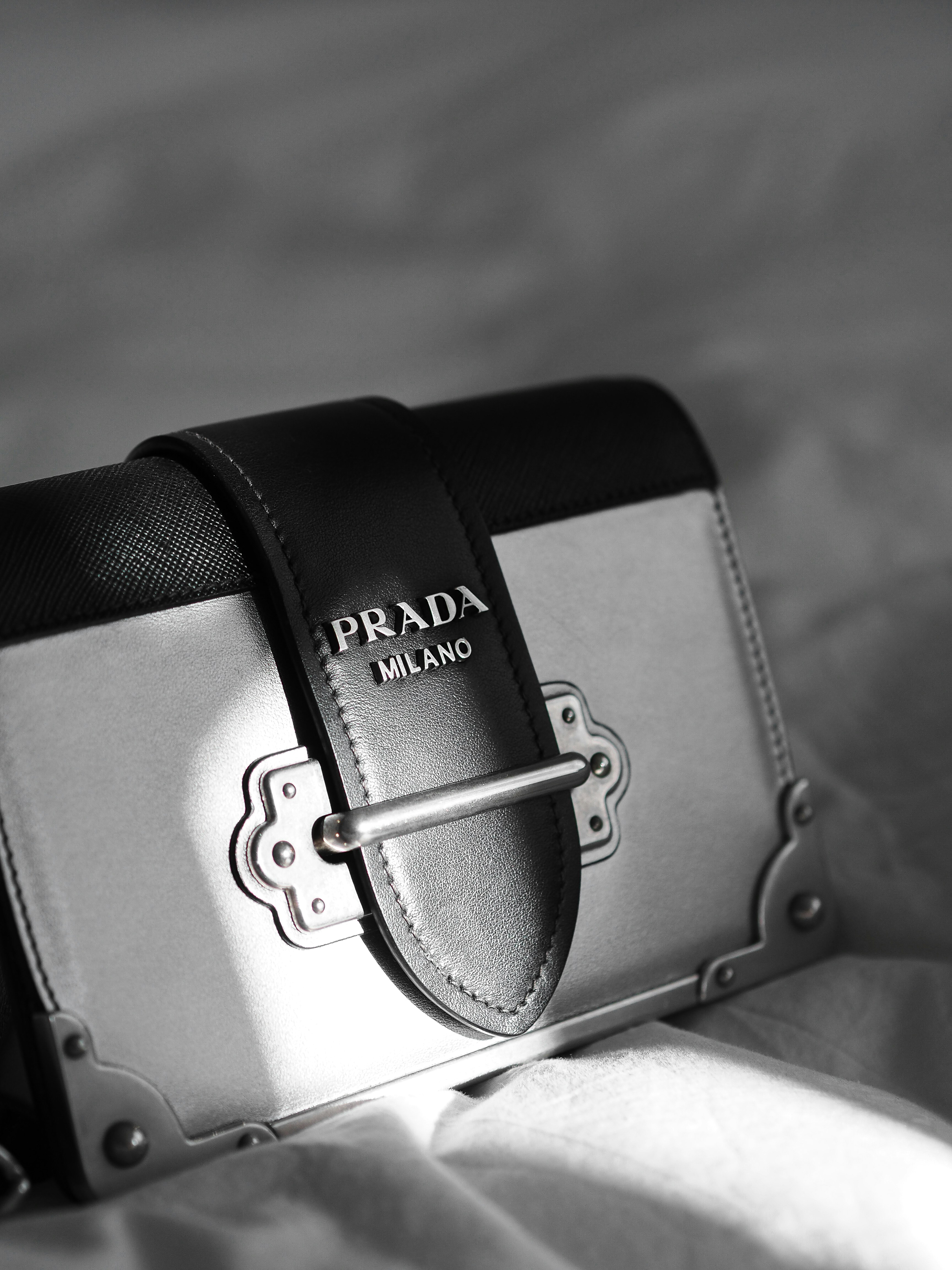The story of Chopard began in 1860 when Louis-Ulysse Chopard established his workshop in the picturesque town of Fleurier, Switzerland. Initially focusing on producing precision pocket watches, Chopard quickly gained a reputation for exceptional craftsmanship and innovative design. His commitment to quality led to an increasing demand for his timepieces, allowing the brand to flourish during the late 19th century. As Chopard evolved, so did its offerings, expanding into luxury jewelry in the early 20th century, which reinforced its stature in the artisanal luxury market.
During its formative years, Chopard embraced the spirit of the Art Deco movement, producing elegant designs that resonated with the tastes of the era. A significant milestone was achieved in 1921 when Chopard developed its first chronometer, which showcased the brand’s engineering excellence. The brand’s commitment to blending traditional craftsmanship with innovative technologies positioned it as a pioneering force in horology.
The company saw notable growth after it was acquired by the Scheufele family in 1963, who reinvigorated the brand with a fresh vision. This period marked the introduction of some of Chopard’s most iconic collections, such as the Happy Diamonds, which featured free-moving diamonds encased between two transparent sapphire crystals. This innovative design concept, launched in the 1970s, captured the joy and elegance synonymous with Chopard’s ethos.
Continuing to thrive through the decades, Chopard’s luxury jewelry and watches have garnered accolades and a dedicated global following. As we move into the modern era, Chopard remains committed to ethical sourcing and sustainability, enriching its legacy as a leader in the luxury market through a blend of tradition, innovation, and timeless aesthetics. This unwavering dedication to craftsmanship has secured Chopard’s place among the luxury elite, making it a testament to the brand’s storied past and bright future.
The Signature of Happiness: Exploring Happy Diamonds
Chopard’s Happy Diamonds collection is a remarkable hallmark of playful elegance, first introduced in 1976. This innovative line revolutionized the jewelry industry by incorporating free-moving diamonds that dance freely within the pieces, creating a captivating effect that symbolically represents joy and happiness. The concept emerged from Chopard’s vision to convey a sense of freedom and delight, resulting in a distinct aesthetic that sets these creations apart from conventional jewelry designs.
At the heart of the Happy Diamonds collection lies the enchanting interplay between light and movement. The diamonds, securely enclosed between layers of transparent sapphire crystal, are allowed to move and sparkle with the wearer’s every motion, thus creating a dynamic and lively feature. This innovation not only enhances the visual appeal but also embodies the spirit of joy, bringing a sense of celebration to everyday wear. Over the decades, this unique feature has resonated deeply with customers, making the Happy Diamonds line a beloved choice across generations.
The impact of the Happy Diamonds collection on the jewelry industry is profound. Its playful design challenged traditional notions of luxury and elegance, urging other designers to redefine how precious gems could be used. Each piece within the collection tells a story of happiness and personal expression, allowing wearers to associate their jewelry with cherished memories and emotional experiences. Iconic pieces such as the Happy Heart earrings and the Happy Diamonds watch exemplify this philosophy, capturing a delicate balance between elegance and whimsy.
In conclusion, Chopard’s Happy Diamonds collection remains an enduring symbol of joy and sophistication. By integrating free-moving diamonds into their designs, Chopard has created not just jewelry, but a timeless celebration of life’s happiest moments that continues to enchant admirers worldwide.
Ethical Sourcing: The Heart of Chopard’s Business Philosophy
Chopard is renowned not only for its exquisite jewelry but also for its steadfast commitment to ethical sourcing practices, which lie at the core of the brand’s identity. In a luxury market increasingly scrutinized for its environmental and social impacts, Chopard has proactively embraced sustainable practices to ensure that its operations align with responsible business principles. The company sources materials such as gold and diamonds from suppliers who adhere to strict ethical standards, thus minimizing the adverse effects associated with mining and promoting responsible extraction methods.
Chopard’s dedication to ethical sourcing is demonstrated through its partnership with several non-governmental organizations (NGOs) and certification programs that foster sustainable mining practices. These collaborations aim to improve the lives of mining communities while ensuring that environmental conservation occurs simultaneously. By prioritizing transparency in its supply chain, Chopard effectively supports initiatives promoting fair labor practices and safeguarding workers’ rights. This commitment not only aligns with global movements towards sustainability but also enhances the trust placed in the brand by its discerning clientele.
Additionally, Chopard’s establishment of the “Journey to Sustainable Luxury” initiative exemplifies its long-term vision to uphold ethical principles at every stage of its operations. Through this initiative, the brand strives to achieve a fully traceable supply chain, ensuring that every piece of jewelry reflects not just luxury but also a commitment to ethical standards. This approach not only augments Chopard’s luxury image but also resonates with consumers increasingly prioritizing sustainability in their purchasing decisions. The brand’s steadfast dedication to ethical sourcing thus fundamentally enhances customer trust and loyalty, solidifying its position as a leader in the world of ethically crafted luxury jewelry.
The Chopard Group: A Legacy of Craftsmanship and Innovation
The Chopard Group stands as a cornerstone of luxury, renowned for its exceptional quality and innovative spirit. Established in 1860 by Louis-Ulysse Chopard in the Swiss town of Sonvilier, the brand initially gained prominence through its timepieces, characterized by meticulous craftsmanship and unrivaled elegance. Over the years, Chopard has expanded beyond jewelry to establish a significant presence in haute horlogerie and luxury accessories, creating a comprehensive portfolio that showcases its commitment to excellence.
At the core of the Chopard philosophy lies an unwavering dedication to craftsmanship. Each piece is meticulously crafted by skilled artisans who combine traditional techniques with modern artistry. This synergy of old and new practices ensures that every creation reflects the essence of luxury. Chopard has embraced advancements in technology, integrating innovative design solutions without compromising on the artisanal quality that defines its products. This approach allows the brand to stay relevant in an ever-evolving luxury market while maintaining its signature aesthetic.
Moreover, the Chopard Group’s collaborations with artists and cultural institutions have enhanced its reputation as a brand committed to the arts. These partnerships demonstrate Chopard’s passion for creativity and its belief in the importance of cultural engagement. Whether it be through limited edition pieces, sponsorship of prestigious events, or collaborative works with renowned designers, the brand consistently reinforces its status within the luxury segment. In aligning itself with artistic endeavors, Chopard not only showcases its exceptional product lines but also solidifies its legacy as an essential player in the luxury industry, recognized for both craftsmanship and innovation.

